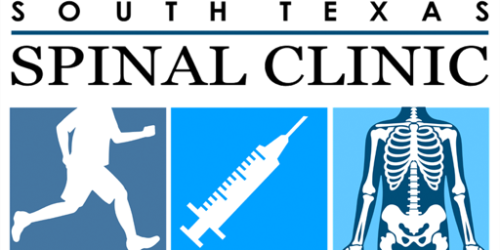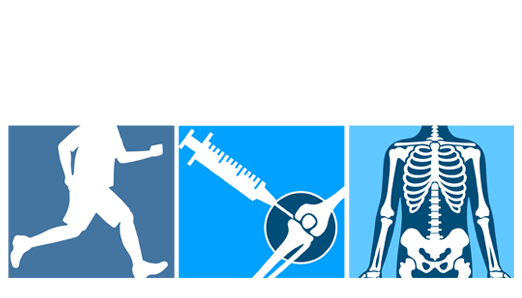

Orthopedic Surgeons and Physical Therapists Located in San Antonio and South Texas
Spinal Fusion Q & A
When confronted with chronic back and leg pain stemming from a spinal issue, the orthopedic surgeons at South Texas Spinal Clinic offer specialized care, including the surgical procedure known as spinal fusion, to provide the necessary relief. For inquiries or assistance with back pain, feel free to contact their office in the San Antonio or South Texas area or conveniently schedule an appointment online.
Spinal Fusion Q & A
What is Spinal Fusion?
Spinal fusion is a surgical technique where two or more vertebrae are fused together to alleviate pain caused by their movement. While this procedure reduces some flexibility in the spine, most fusions involve only two vertebrae.
Which Health Conditions May Benefit From a Spinal Fusion?
Your doctor at South Texas Spinal Clinic might recommend spinal fusion to address pain associated with various back conditions, including:
- Degenerative disc disease
- Spondylolisthesis
- Spinal stenosis
- Spine deformities like scoliosis and kyphosis
- Spinal fractures
- Infections
- Tumors
What Happens During Spinal Fusion?
In this procedure, the surgeon removes the disc between the vertebrae and places a bone graft in that space. The graft, sourced from a bone bank or a small piece from your pelvis, stimulates healing, promoting bone production to fuse the vertebrae into a solid bone. Immobilization of the affected spine portion follows, achieved with rods, plates, wire, or screws to maintain stability while the bones fuse and heal.
Spinal fusion can be performed through various approaches:
- Anterior Lumbar Interbody Fusion: Accessed through an incision in the abdomen.
- Posterior Lumbar Interbody Fusion: Conducted through an incision in the back.
- Transforaminal Lumbar Interbody Fusion: Access through the back, placing a single bone graft by removing a facet piece.
- Lateral Lumbar Interbody Fusion: Accessing the spine from small side incisions.
Why is Recovery Time so Important?
Bone growth and fusion typically take around three months. During this period, avoiding activities that could hinder healing, such as bending, twisting, and lifting objects over 10-15 pounds, is crucial. A prescribed back brace may immobilize the spine for six weeks to three months following surgery.
Common Back and Spine Conditions
- Herniated Disc
- Disc Degeneration
- Degenerative Spondylolisthesis
- Spinal Stenosis
- Muscle Injury
- Spinal Injury
- Spinal Stiffness
- Arthritis
- Compression Fracture (Osteoporosis)
Spinal fusion is a surgical procedure aimed at relieving pain and stabilizing the spine by permanently connecting two or more vertebrae. This procedure eliminates motion between the fused vertebrae, which can reduce pain caused by conditions such as degenerative disc disease, scoliosis, herniated discs, or spinal fractures.
During spinal fusion surgery, the surgeon typically uses bone grafts, metal plates, screws, or rods to join the affected vertebrae. The bone grafts may be taken from the patient’s own body, a donor, or may be synthetic. Over time, the bone grafts help the vertebrae grow together into a single, solid bone.
Spinal fusion is often considered when other treatments, such as physical therapy, medications, or less invasive surgeries, have not provided sufficient relief. The goal of the procedure is not only to reduce pain but also to improve stability and prevent further deterioration of the spine.
Recovery from spinal fusion surgery involves a combination of rest, physical therapy, and sometimes the use of a brace to support the spine as it heals. Patients are typically able to resume their normal activities over time, with many experiencing significant pain relief and an improved quality of life following the surgery. Our spinal fusion specialists are always ready to help you!




